One day you wake up to find little red dots which seem to form little trails. Immediately, you realize this is one of the tell-tale signs of bedbugs. But do you really have an infestation? It might surprise you to know that you can have bed bug bites without bed bugs and vice versa.
Of course, the obvious way to know for sure is to hire a professional to inspect your home, but that could be costly. And what if you’re staying at a hotel or visiting someone else? Thankfully, once you know how to find bed bugs, you can do most of the work yourself.
Inspecting your home will make it almost easier to get rid of a bed bug infestation than relatives. Here’s everything you need to know to catch infestations early on or ensure your house has an all-clear, and not just for bed bugs.
Read Also: 22 Surprising Bed Bug Facts (and Myths)
Some Important Basics
You don’t have to wait for bed bug bites before inspecting your home. In fact, periodic inspections (usually accompanied by a deep clean) can help prevent all sorts of potential bug or rodent problems.
But before you begin, here are some basic tips to keep in mind.
Know the Risks
Pay attention to the local threat levels, either by asking around or by joining your community’s social media groups on Facebook, Locals, Nextdoor, or some other decent platform. This will allow you to hear if there’s an outbreak locally.
Usually if a school or public resource (libraries, for example) discover someone has bed bugs, they will make an announcement so anyone who may have been exposed can be ready.
The downside to this is that you may have to talk to people as if this were the 1980s again, and that often puts people off the idea. But it’s better to suffer a little human contact than a lot of bed bug contact.
Does a Bite Mean an Infestation?
This is where a lot of people panic and waste money on an exterminator. There are two very good reasons not to immediately make a phone call when you wake up to a bite.
#1 – Confirm the Critter
The first is you’ll want to confirm what’s biting you before paying to exterminate the wrong critter.
#2 – Confirm the Timeline
The second is to be wary of one of those myths that keep circulating. The truth is, discovering a bite today doesn’t mean you were bitten today. This sign of bed bugs only confirms exposure, not infestation.
In fact, the itchy redness people equate to bed bugs is actually an allergic reaction to the bug’s saliva. The symptoms can show up anywhere from several minutes to several days after the actual attack. Even worse, in some cases, a victim can be totally asymptomatic!
Instead of biting your bank account, bite the bullet. Inspect your home to confirm whether or not your home is actually an infestation.
You may also wish to contact the people you’ve been hanging out with over the past one or two days. Let them know they may also have been exposed. It could well be you were bitten in a public place, so keep them updated on your inspection results.
Where Do Bed Bugs Hide?
One of the things bed bugs hate most is light because it allows predators to find them. They’re also perhaps more adept at hiding than even fleas, which can already fit into some pretty tight spaces.
As a result, you’ll find signs of bed bugs in various places, such as:
- Bed frames
- Bed sheets
- Behind loose wall paper
- Box springs
- Carpets
- Comforters
- Cracks and crevasses
- Drawer joints
- Electrical outlets
- Hiding in clutter
- Picture Frames and other wall hangings
- Pillowcases
- Upholstered furniture
Of course, they almost always within a few feet of their food source. You’ll usually find them in the bedroom, but they’ll also breed in that comfy chair you use to torture family members.
Something else to keep in mind is that bed bugs absolutely love your clothes. They will snuggle up to the smell of sweat and pheromones in your dirty laundry and will often hitch a ride home if you’ve just been working out.
Of course, unless you’re into vampires, there’s nothing actually kinky about this. They just know that those smells equate to a source of blood.
See Also: What Does It Mean If You Find Bed Bug Shells and Casings?
The Four Risk Zones
Your home can be broken down into four risk zones to make inspections easier. In order of highest risk to lowest, these are:
- Zone 1: Bedrooms
- Zone 2: Heavily-Used Common Areas
- Zone 3: Less-Used Common Areas
- Zone 4: Rarely-Used Areas
Related: Common Household Pests (Room by Room)
How to Find Bed Bugs During the Day
It might seem easier to look at night, but unless you’re a pro with night-vision goggles, you probably won’t be able to catch one.
In rare cases, they’ll venture out during an afternoon nap, although they mostly try to come for you at night when you’re less likely to react.
Of course, this doesn’t mean a daytime inspection is a bad idea. In fact, it’s often easier to find signs of an infestation in the daytime. So have another sip of coffee, switch over to a mobile device (if you’re at your desk), and let’s go bug hunting!
Zone 1: Start with the Bedrooms
Bed bugs want to be near their food source, preferably when it’s resting. This makes the bedroom its number one hiding spot.
The good news is, this is also the easiest place to detect evidence of an infestation. Thus, all inspections should begin with the bedroom. Just keep in mind, there are also other critters that get mistaken for bed bugs, so aim for a positive ID.
Check Bedding for Red Specks
As mentioned before, bed bugs love bedding. Peel back your bedding one layer at a time, watching for sudden movement or little brown or red specks. These dark spots could be bed bug excrement.
When you see one of these black spots, place a damp paper towel or wet wipe on top and hold it for a few seconds. If the spot blossoms out, it’s proof a bed bug or flea had an earlier blood meal.
Examine the Mattress and Frame
While bed bugs can hide in the bedding, they actually prefer to be under the mattress or in the bedframe. You’re going to want a good magnifying glass for this step. Check the piping along the edges of your mattress seams for any sign of bugs or eggs.
You can actually shut the light off or draw the curtains if you have a portable UV light to aid in the inspection, as the bed bugs will glow when the light hits them. However, this can cause them to scatter.
It may also reveal a lot of other things you don’t want to see, especially in a hotel room. But if you just want to confirm the presence of bugs, it does work.
For the frame, grab a paint scraper, credit card, or other thin, flat object you can stick into the cracks. Shining a flashlight will also help you spot any movement.
Poke and prod your way through every crack and crevice, pulling the bed away from the wall so you can also check the back surfaces.
Examining Crevices (The Easy Way)
As mentioned, you’ll need a tool to check every crack and crevice. You may also need a screwdriver to loosen fixtures for inspection.
Remember, bed bugs are only about as big as an apple seed. Thus, they can squeeze into cracks sometimes as small as a sheet of paper.
A good trick is to use a monocle, jeweler’s loupe, or (if you don’t mind looking silly) a headband with your magnifying glass stuck in. If you don’t have any of those, you may also make do by using your cellphone camera with the light and zoom functions active.
Holding a light in one hand, stick your tool into one end of the crack and drag it to the other end, watching for any escapees.
Related: Can Bed Bugs Climb?
Checking Clutter and the Room Proper
Next, go over the furniture and any clutter within three feet or so of the bed, going slow and steady to make sure you catch any critters scurrying away.
Remember to also check baseboards, peeling paint or wallpaper, or any other possible hiding spots. Work your way outwards from the bed until you’ve searched the entire room.
Zone 2: Living Room, Den, Playroom
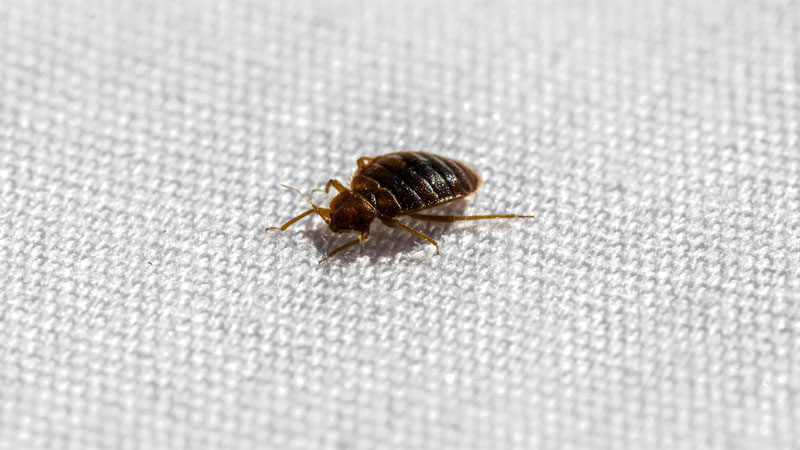
Now that you’ve gone over each bedroom, it’s time to branch out. Rooms can be handled in any order, but it’s usually best to begin with the common areas, then extend to hallways and less-used rooms.
Living rooms, dens, and playrooms should be your top priorities. As with the bedroom, begin with the most frequently used seating and work your way outwards.
Zone 3: Kitchen, Dining Room, Bathrooms
Next, move on to the kitchen, bathrooms, and passageways. These areas are far less likely to have bed bugs, but you may find some other unwanted guests in the process. There’s also always the possibility a bed bug hitched a ride home and was dislodged.
Zone 3 areas aren’t essential to check if you’ve found no signs in zones 1-2, but can easily tell you how bad an infestation is if you’ve found clear signs of the critters already.
Zone 4: Other Areas
Bed bugs congregate where they know there’ll be food, so there’s a pretty low chance they’ll be infesting spaces which see very little traffic. However, that’s not to say one or two weren’t moved to a rarely used room when you’re shifting things in and out of storage.
Be sure to check any items you retrieve for bed bugs if you’ve had an infestation in the past 3 months. Remember, an adult bed bug can survive for up to 70 days on a single meal, so don’t let them catch you out.
When You Discover an Infestation
You may wish to keep a sealable plastic bag on-hand to store evidence of an infestation if you’re in an apartment, hotel, etc. Also, know your home remedies, such as rubbing alcohol or garlic, and which are actually effective in repelling or killing.
Most low level infestations will be restricted to the bedroom. You can use sustained heat. such as your steam cleaner and dryer for a combo killer. Also, invest in a good bed bug mattress cover.
These are great for keeping your mattress clean and reducing issues with bed bugs and dust mites.
If you believe you have a severe infestation, you’ll need to break out the bombs or call a professional pest control company.
See also: Does Fabuloso Kill Roaches, Bed Bugs, and Flies?
Some Final Notes
Always use a little caution when purchasing secondhand furniture or visiting a hotel. This can greatly reduce the risk of bringing bed bugs into your home. However, don’t panic if spot a bed bug bite.
These are a poor indicator of infestation, as the marks can take time to manifest (if at all). Instead, focus on more reliable physical signs such as eggs, poop, and shed casings.
Performing visual inspections of your home (accompanied by a deep clean) are important. They allow you to stop all sorts of infestations early on. Even better, inspection routines can save a lot of money on pest control, utilities, and allergy or asthma medications.
- How to Get Rid of Hawks - March 8, 2024
- How to Get Rid of Pill Bugs (Rolly Pollies) - March 1, 2024
- How to Get Rid of Groundhogs (Woodchucks) - February 5, 2024
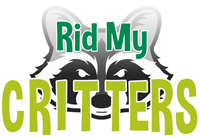
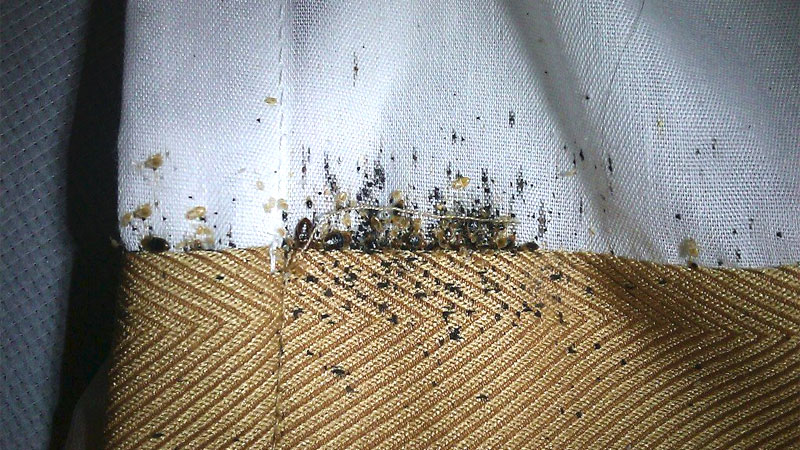
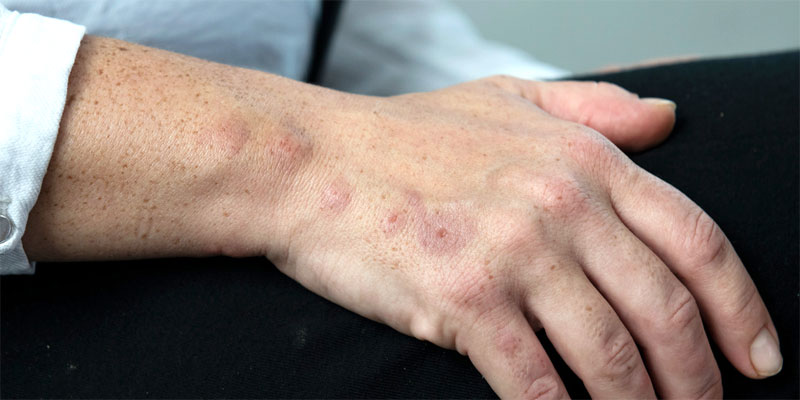
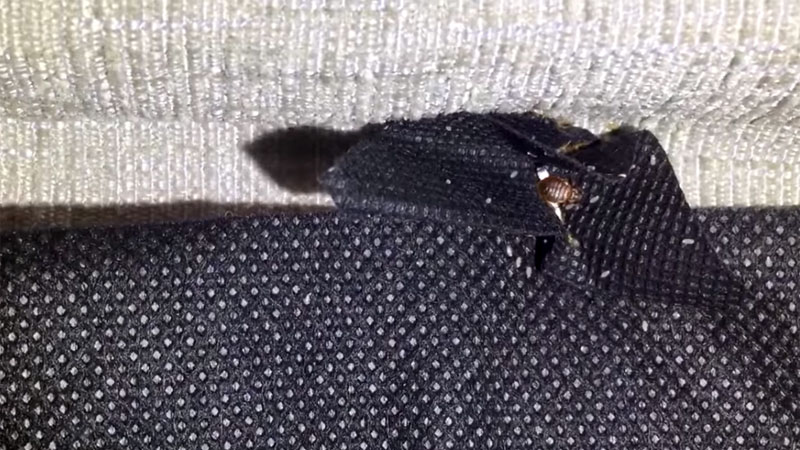
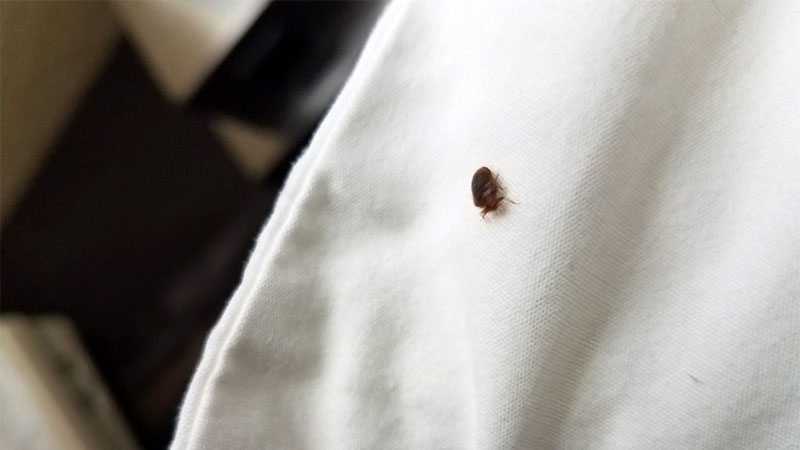

I’m still laughing (and cringing) at your UV light comment: “It may also reveal a lot of other things you don’t want to see, especially in a hotel room.” We travel a lot, was thinking about bringing a UV light. Now I’m thinking maybe a good flashlight instead!